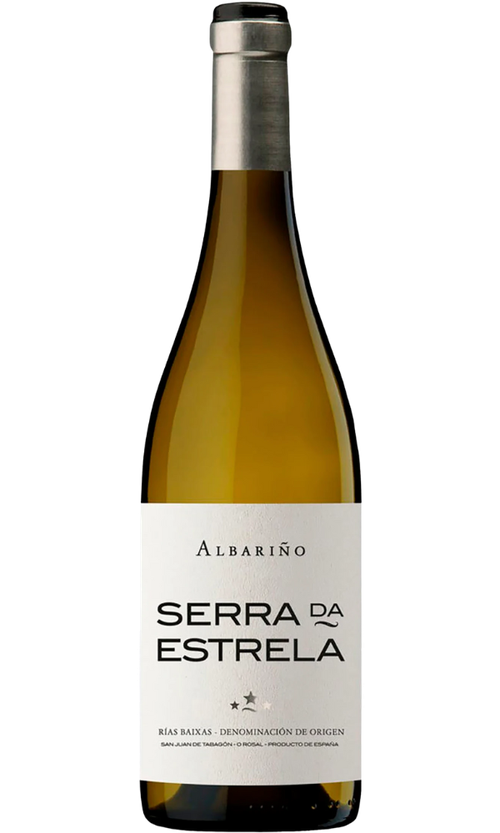
Grown in the prestigious Val do Salnés, this checks every box for top-tier Albarino

- Curated by unrivaled experts
- Choose your delivery date
- Temperature controlled shipping options
- Get credited back if a wine fails to impress
2024 Monte Pio Raxeira Albarino Rias Baixas Val do Salnes 750 ml
Retail: $28.99 | ||
| $22 | 24% off | per bottle |
- Curated by unrivaled experts
- Choose your delivery date
- Temperature controlled shipping options
- Get credited back if a wine fails to impress
Val do Salnés: Albariño’s Heartland
Val do Salnés is the most prestigious sub-zone of Rías Baixas, where the intense Atlantic-ocean influence imparts a distinct sea-spray note to the wines’ signature minerality. As a result, it’s also home to the best producers of the grape—and top examples have gotten pricey. The very best bottles now run up to $150, and it generally costs north of $30 to get in the door.
That’s why the sustainably farmed, hand-harvested, native-yeast-fermented 2024 Monte Pio Raxeira is one of the best Albariño bargains out there.
Rías Baixas, in the far northwest of Spain, doesn’t look like a postcard from the land of bullfights and Jamon Iberico. With its lush green hills cut through with rivers and the rolling coastal landscape, the area has more in common with County Cork than Campo de Borja. But for us, what sets Rías Baixas apart from the rest of Spain is the wines: This is white wine country, and it’s where some of the best, most interesting, most seafood-friendly bottlings are produced.
And the best—and most oceanic—place to grow grapes in the area is the Val do Salnés. Stiff ocean breezes take the sting out of the bountiful Spanish sun, infusing grapes with sea-spray freshness and oyster-shell salinity. The poor soils drain effortlessly, all but eliminating the risk of mildew.
This Raxeira bottling was harvested well into September to ensure full physiological ripeness, and the grapes were picked into small boxes that only hold about 30 pounds each—ensuring that the fruit is absolutely pristine when it arrives at the winery. The grapes are pressed gently and then fermented with their native yeasts in a mixture of stainless steel tanks and amphorae.
You might also like these wines
- Member Favorite
- Member Favorite
- Member Favorite
- You're on page












